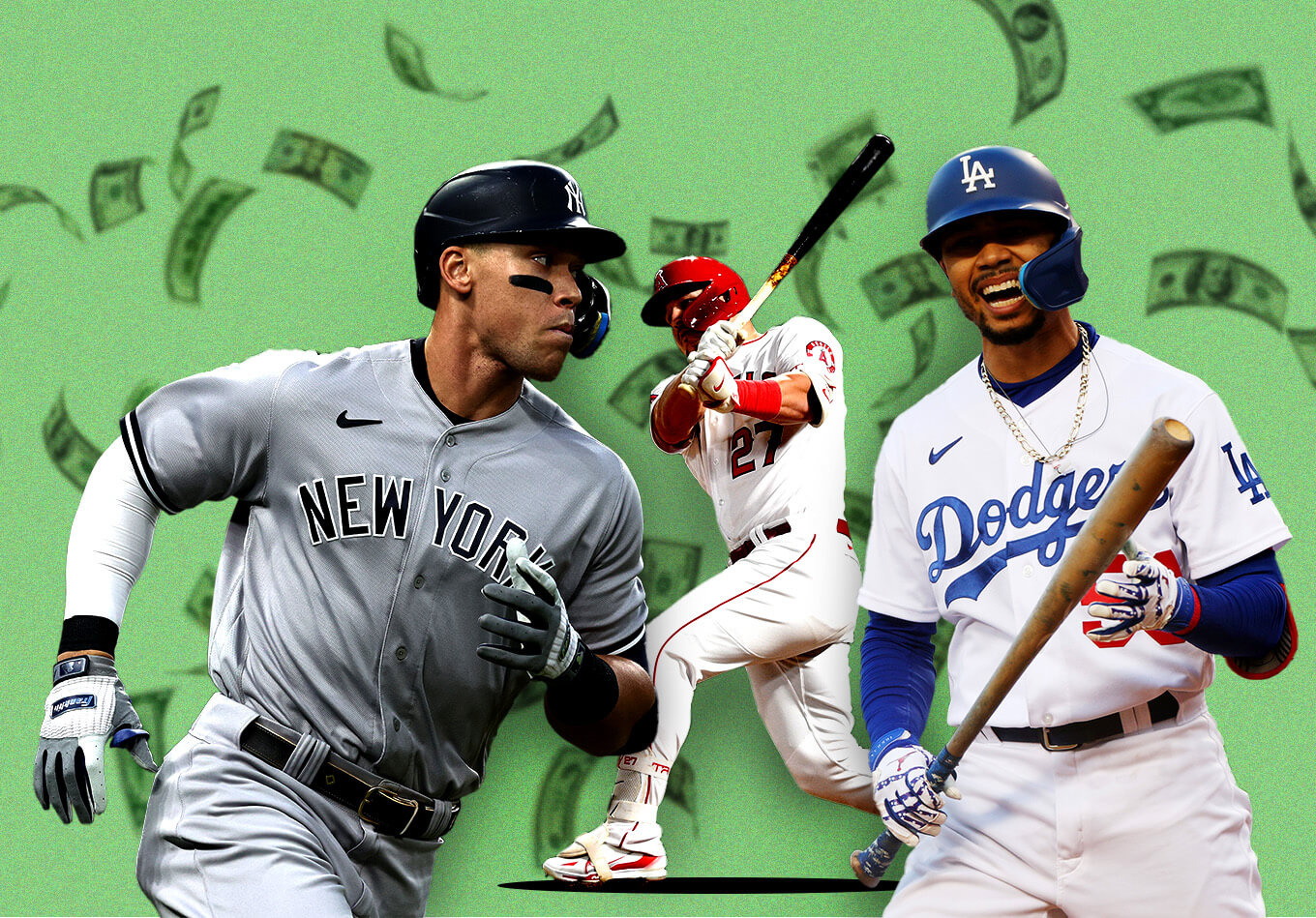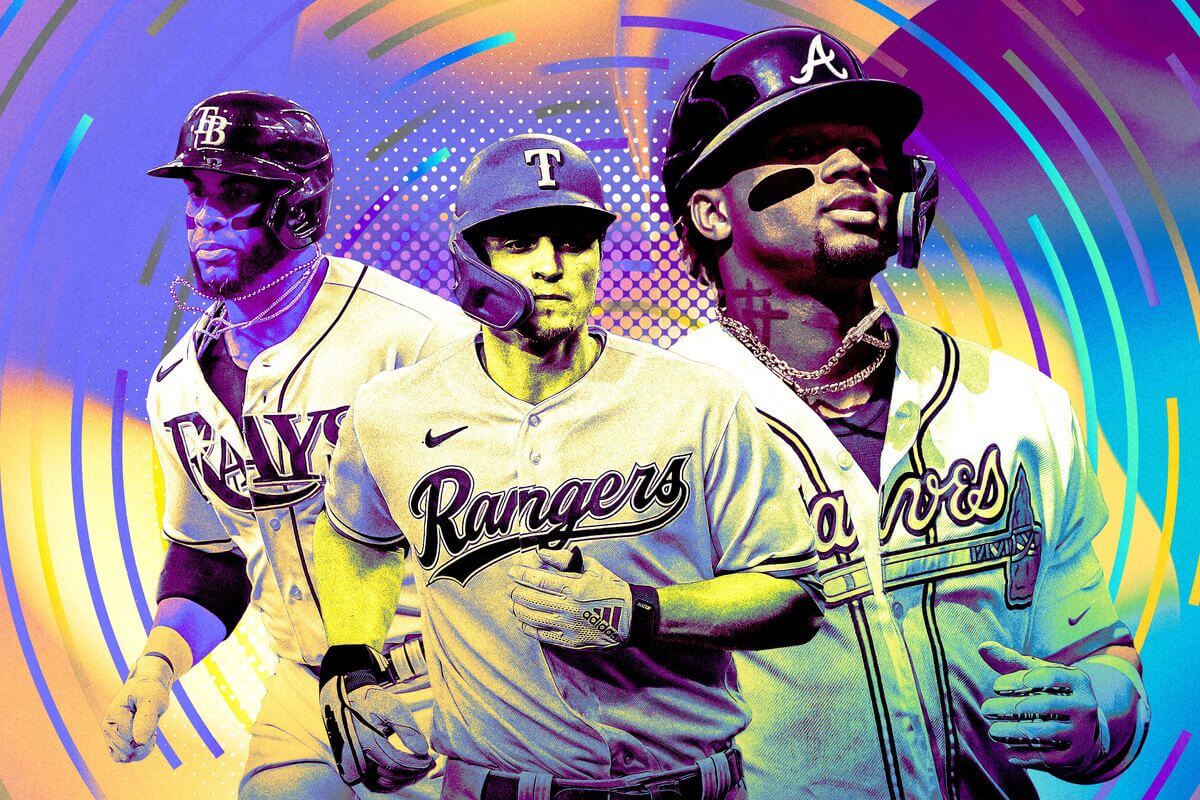Baseball is America’s pastime and MLB players are some of the highest paid athletes in the world. In recent years, massive contracts worth hundreds of millions of dollars have become more commonplace. For example, in 2019 the Los Angeles Angels signed Mike Trout to a 12-year, $426.5 million dollar contract, the largest in MLB history. With salaries ballooning to such eye-popping figures, many fans wonder – why do baseball players make so much money? This article will explore the economic forces and structural factors that enable MLB salaries to reach such astronomical levels.
Supply and Demand
There are a limited number of MLB players. With 30 teams, each with a 26-man active roster, there are only 750 players in the majors at any given time. The population of elite baseball talent is small compared to the high demand for the best players from MLB teams. Fans want to see the most exciting stars, and teams compete for top performers to win games and championships.
Only 0.5% of high school baseball players get drafted, and 10% of draftees ever make an MLB roster. With such intense competition to reach the pinnacle of the sport, those who make it reap substantial financial rewards.
Revenue Generated

Major League Baseball brings in billions in revenue each year. According to Statista, the MLB generated around $10.7 billion in total league revenue in 2021. The players are the main draw bringing in this money through ticket sales, broadcast rights, merchandise sales, and sponsorships.
Fans come to games and watch on TV to see the players perform. The popularity of star players helps drive merchandise sales. Broadcast networks pay huge rights fees for the opportunity to air games featuring the top talent. Players are the product that allows MLB to generate these massive revenues.
Unions and Negotiations
The Major League Baseball Players Association (MLBPA) is one of the strongest unions in professional sports. Formed in 1954, the MLBPA gives players leverage in contract negotiations that directly impact salaries [1].
The MLBPA collectively bargains the conditions of employment with team owners, including minimum salary, salary arbitration eligibility, free agency rules, and the luxury tax threshold. Negotiations often become contentious, like in the 1990 lockout that cancelled 30 games, the 1994–1995 strike that cancelled the World Series, and the 99-day 2022 lockout.
However, the unity and resolve of the MLBPA continues to earn players a bigger piece of baseball’s massive revenues. Their solidarity gives each individual player tremendous bargaining power. This union influence has steadily raised the average MLB salary from around $19,000 in 1967 to over $4 million today [2].
No Salary Cap
Unlike leagues like the NFL and NBA, Major League Baseball does not have a salary cap that limits how much teams can spend on player salaries each year. This lack of a spending limit allows teams with more financial resources to offer players significantly higher salaries.
With no restrictions, teams like the New York Yankees and Los Angeles Dodgers have consistently had among the highest team payrolls, regularly spending over $200 million per season on salaries. The ability to offer massive, long-term contracts worth hundreds of millions of dollars is a major factor in driving up the salaries of baseball’s biggest stars.
While some argue a salary cap would increase parity in the league, players have strongly opposed any cap proposals. The MLB Players Association views the lack of spending restrictions as a significant bargaining victory. As a result, the open market for player salaries continues to push baseball contracts to record-breaking levels year after year.
Long Careers

MLB players can have long careers compared to other professional sports leagues. The average MLB career lasts 5.6 years according to this source. However, many MLB players are able to play for 10-15 years or more at the major league level. This extended career length allows baseball players to earn significant salaries year after year, especially those who can maintain a starting position.
Baseball is less physically demanding on the body compared to football or hockey, enabling longer careers. While the average is less than 6 years, standout players are able to produce well into their late 30s or early 40s, accumulating high earnings over many seasons. With free agency after 6 years of service time, veterans can shop around for lucrative contracts. The long career potential in baseball versus other major sports allows players to earn life-changing money over an extended period.
Endorsements
The highest paid players in baseball often supplement their salaries with lucrative endorsement deals. For example, Shohei Ohtani is projected to earn $40 million in endorsements in 2023, on top of his $30 million salary from the Los Angeles Angels [1]. Bryce Harper signed one of the largest endorsement deals ever for a baseball player with Under Armour, worth $330 million over 13 years [2].
Other star players like Mike Trout, Aaron Judge, and Mookie Betts also supplement their income with endorsement deals in the millions. The visibility and popularity of baseball’s biggest stars allow them to earn substantial money promoting products and brands on top of their salaries. For the games most marketable players, endorsements can account for a significant portion of their overall earnings.
Investments
Baseball players have the opportunity to invest their large salaries and grow their wealth even more. Many players work with financial advisors to invest in stocks, bonds, real estate, and business ventures. With guidance, players can put their money into wise investments that provide returns over the long-term.
Some star players even go on to become business moguls after their baseball careers are over. A great example is former New York Yankees legend Derek Jeter. Jeter created The Players’ Tribune, a new media platform that provides athletes a way to connect directly with their fans. He also became a part-owner of the Miami Marlins baseball team after retirement. Investing salary earnings during his career enabled Jeter to become a successful entrepreneur.
Other former players like Alex Rodriguez and David Ortiz have also made high-profile investments in companies like eSports organization NRG Esports and Fitplan fitness app. With the right financial guidance, baseball stars can grow their wealth substantially through smart investments.
High-Profile Status

Baseball players, especially the most famous ones, become major celebrities and public figures due to the popularity of MLB. Highly recognizable names like Babe Ruth, Willie Mays, Hank Aaron, and Barry Bonds are known even by non-baseball fans. Their fame and public profile allows them to earn substantial money through endorsements, sponsorships, appearances, and other business opportunities.
As their popularity grows, so does their earning potential outside of just their MLB salaries. Brands want to associate with these superstar athletes which allows players to greatly increase their income. The high-profile status MLB players achieve is a major factor in their overall earnings.
Conclusion
Baseball players make a significant amount of money compared to many other professions due to several key factors. As outlined in this article, the combination of supply and demand, huge revenues generated by the sport, strong players’ unions that negotiate salaries, no salary cap, long potential careers, lucrative endorsement deals, smart investments, and high-profile status all enable top baseball stars to earn massive salaries.
While the huge contracts of baseball’s elite may seem excessive compared to teachers, nurses, and other vital professions, the economics of professional sports dictates these high salaries. MLB brings in billions in revenue, and the players deserve their fair share based on their rare talents and the value they generate for owners.
However, players also work hard and make sacrifices to reach the pinnacle of their sport. In the end, for the few who make it to the big leagues, the financial rewards reflect the economic realities of supply, demand, and revenue in MLB.








